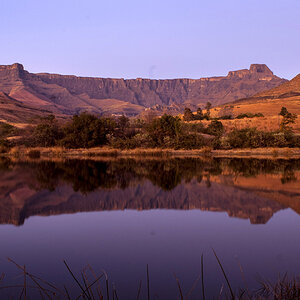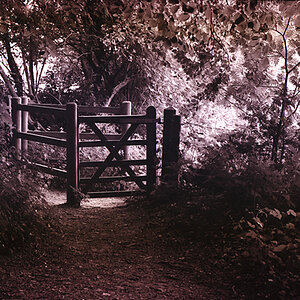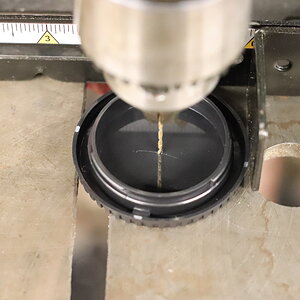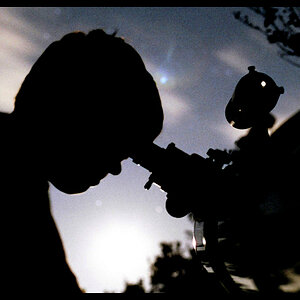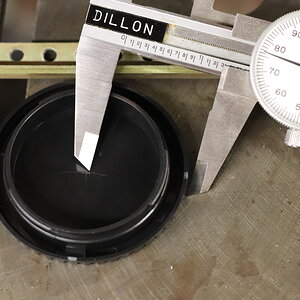Hello everyone,
I'm brand new to this forum and a beginner at photography. The lens I have is a SELP1650. In two weeks, I will be going to Alaska and visiting the Hubbard and Glacier Bay glaciers.
Does anyone have any tips or tricks for photographing glaciers?
I'm planning also, to buy some filters (ND, polarizing, and UV filters). Will these help? Should I use certain ones for certain situations and photographing certain things?
For the ND filter, should I buy a 0.3, 0.6, or 0.9 ND filter?
In regards specifically to filters, how do I use them and put them on? Do I have to change the camera's settings after I put the filters on?
Any other information would be extremely helpful.
Regards, ry4n6226
I'm brand new to this forum and a beginner at photography. The lens I have is a SELP1650. In two weeks, I will be going to Alaska and visiting the Hubbard and Glacier Bay glaciers.
Does anyone have any tips or tricks for photographing glaciers?
I'm planning also, to buy some filters (ND, polarizing, and UV filters). Will these help? Should I use certain ones for certain situations and photographing certain things?
For the ND filter, should I buy a 0.3, 0.6, or 0.9 ND filter?
In regards specifically to filters, how do I use them and put them on? Do I have to change the camera's settings after I put the filters on?
Any other information would be extremely helpful.
Regards, ry4n6226


![[No title]](/data/xfmg/thumbnail/31/31748-63241c520f250328a5ec32959b8f53d0.jpg?1619734989)
![[No title]](/data/xfmg/thumbnail/33/33360-ff0b69685c94740bde3f53b6d7aa9af1.jpg?1619735924)
![[No title]](/data/xfmg/thumbnail/31/31092-7ba73f844ad8efedd3d5fd94799a866d.jpg?1619734609)
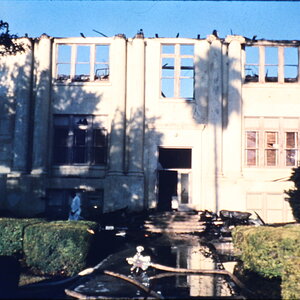
![[No title]](/data/xfmg/thumbnail/33/33362-84aacb865117bf8cba89104b89e9b36c.jpg?1619735927)
![[No title]](/data/xfmg/thumbnail/31/31095-2b52a6dcc956382cffdd384ae4d156f2.jpg?1619734612)
